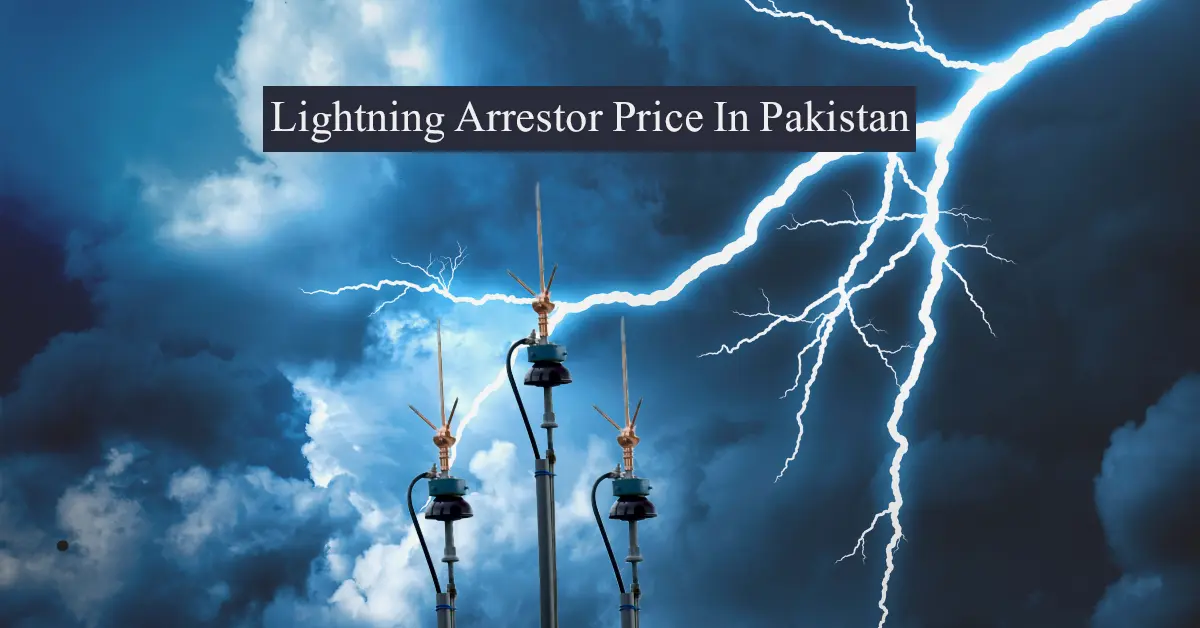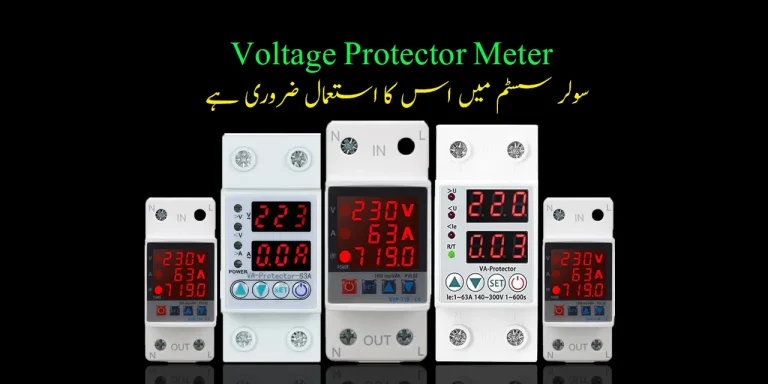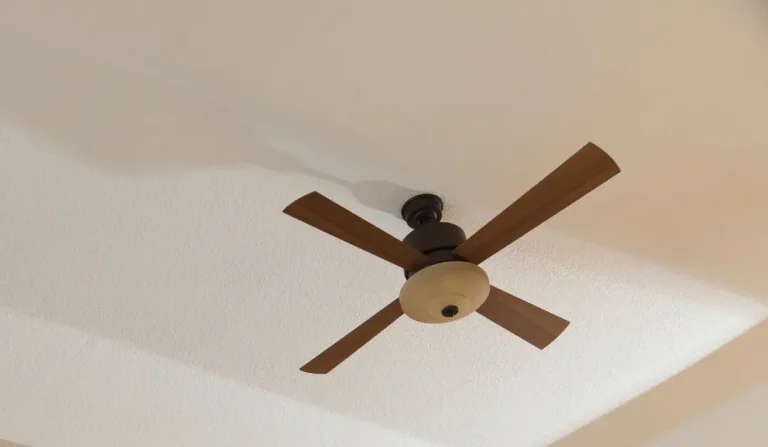Lightning Arrester: Protection Against Thunderbolts
A lightning arrester is a device that is used to safeguard substation equipment from traveling waves. To put it another way, a lightning arrester directs an abnormally high voltage to the ground without compromising supply continuity. It is linked in parallel to the equipment that needs to be protected at the substation, between the line and the earth.
What Is a Lightning Arrester?
There are various methods by which lightning causes voltage surges. Lightning arresters refer to a specific type of device that shields a circuit against lightning strikes. High transient voltage, surge currents caused by lightning, sparks, isolated arcs, etc., are all characteristics of lightning surges.
By sending high voltage surges straight to the ground, these devices protect the power systems. Additionally, these systems are shielded from direct lightning hits by ground wire or earthing. To offer a safe route for the discharging current, these devices are fixed to transmission poles, towers, and structures.
The basic idea behind how lightning arresters operate is really simple. The voltage surge enters the conductor and proceeds to the arrestor, where it is installed. It briefly disrupts the arrestor’s insulation to allow the voltage spike to travel in the direction of the ground. The insulation between the conductor and the ground is restored after the voltage drops to the predetermined value.
Moreover, the stream will abruptly stop flowing in the direction of the ground. Most often, one can find this type of arrestor next to a gadget that needs to be secured. Additionally, in an alternating current system, they are installed between the phase and ground; in a direct current system, they are installed between the ground and pole.
Why is a lightning arrester necessary?
Lightning takes the path of least resistance when it strikes buildings and enters the earth. It could be electrical wires, walls, or gadgets. In order to allow the power to be safely sent to the ground, a lightning arrester generates a bypass.
Stated differently, lighting arresters shield machinery and buildings from harm resulting from lightning strikes. Installing arresters is mandatory in high-rise buildings due to the increased risk of lightning strikes and surge voltage damage.
Does a solar system require a lightning arrester?
The lightning arrestor shields the complex electrical parts of the system in addition to the solar panels. Power surges induced by lightning have the potential to harm inverters, charge controllers, and other crucial parts that convert and regulate the electrical output of solar panels.
How Do You Operate a Lightning Arrester?
Lightning cannot be stopped from striking a house or place of business by a lightning arrester. Usually, it is installed between the house, substation, or circuit breakers and the electricity line. In contrast to arresters, lightning rods are passive rods that collect lightning strikes and transmit them to the ground via a wire that is attached.
Even when utilizing a lightning rod alone, there is still a chance that the unexpected spike in power could impact the electrical circuits. Both a ground terminal and a high voltage terminal are present in a lightning arrester. It makes sense for the current increase to go to the electrical parts. The lightning arrester is useful in this situation. It directs extra current to a designated area.
Where ought a lightning arrester to be installed?
The tallest point on the structure should be where the lightning arrester rod is located. For the cable connector to completely carry the voltage surge, it must be at least two meters above the top of the building. The arrestor rod’s base plate is linked to one end of the grounding cable, which is then connected to the grounding terminal.
Lightning arrestors VS. Surge arrestors
Surge arrestors
- These arrestors’ primary purpose is to safeguard various electrical gadgets that are used within the house.
- The main panel board is where the surge arrestors must be put.
- Surge arrestors protect the entire system against transient voltage, electrical faults, switching lightning, and surges.
- By using the ground wire, these arrestors channel excess energy toward the earth and stop surges.
- Low-voltage, distribution, neutral protection, fiber tube, network, signal, direct current, stations, etc., are among the several types of surge arrestors.
- Only as a surge arrestor is this arrestor suitable for usage.
Lightning arrestors
- These arrestors are placed outside of residences or places of business because their main purpose is to protect the electrical equipment from the outside.
- Lightning arrestors can only be installed on the exterior panel board.
- Through the arrestor devices, the lightning arrestors directly reroute the flow of energy to the earth.
- When lightning hits, lightning arrestors are employed. Furthermore, coupled surges can also be utilized with them.
- There are several varieties of lightning arrestors, including multi-gap, metal oxide, electrolyte, horn, spherical, and rod. They are also useful as surge arrestors.






